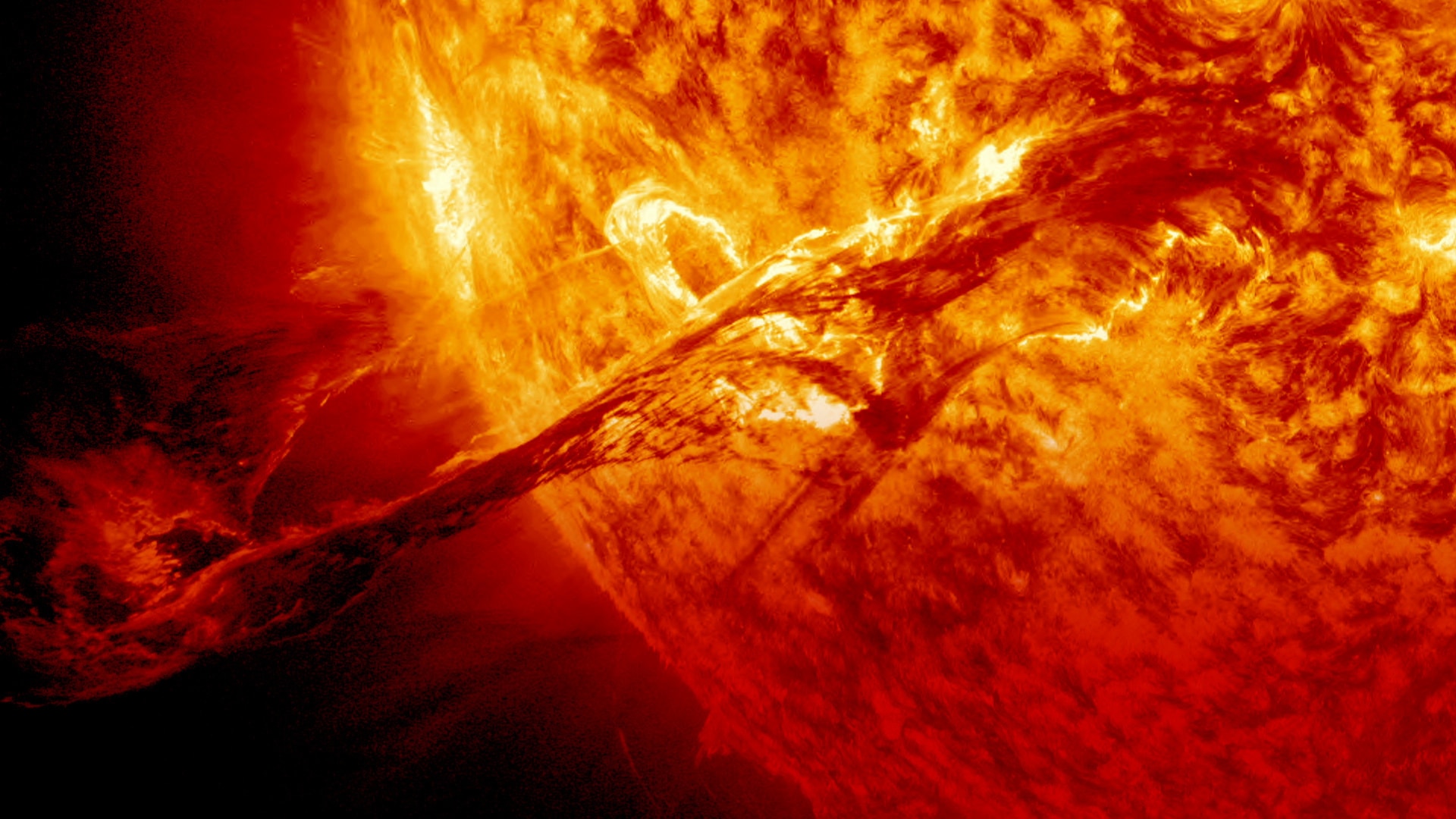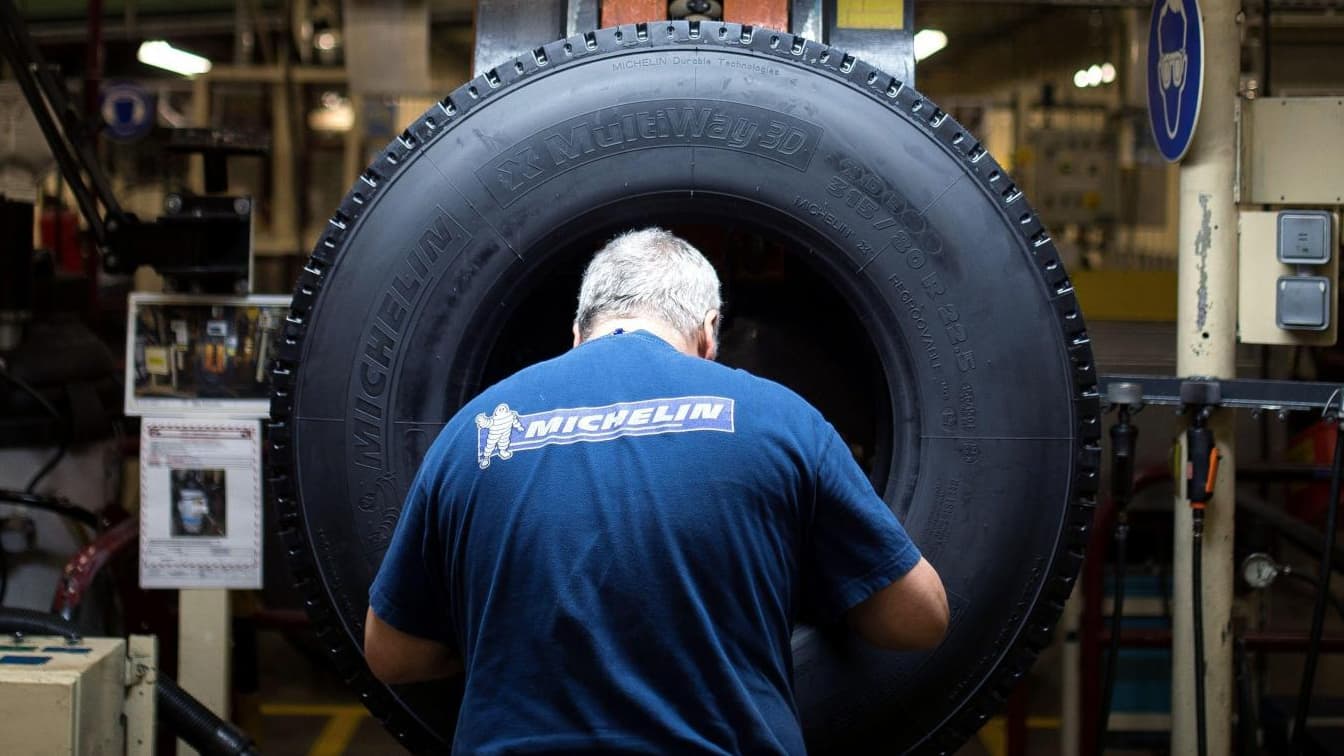June 17, 2021
In the distant past, 13.1 billion years ago, a supermassive black hole blew out a huge amount of wind – a massive flow of gas that blew out the material that created stars or interstellar matter. The age of the universe at this time is approximately 13.8 billion years. So it is an event relatively close to the Big Bang!
Astronomers detected this activity using the Atacama Large Millimeter Array (ALMA Radio Telescope). It is the oldest example of galactic winds ever discovered: a sign that black holes have had a major influence on the evolution of galaxies since early times.
Many large galaxies hide a supermassive black hole at their center. These objects are millions or billions of times larger than our sun. Even with all this mass, these black holes are generally smaller than the central region of the galaxy in which they live, but they are still perfectly proportional, which is very interesting!
The central region of the galaxy observed by scientists (J1243 + 0100) has a mass of 30 billion suns, while the supermassive black hole hiding within it is approximately 1% of its mass. This ratio is almost identical to that observed in young galaxies in our modern world.
Based on these ratios between the masses of the two objects that differ greatly in size, astronomers believe that galaxies and black holes evolve together, at least when the universe was less than a billion years old. Black holes and galaxies may have experienced the effects of the same physical interaction.
Galactic winds can show this physical interaction. A supermassive black hole swallows a large amount of material. Such a matter, how it spins around at incredible speeds, because of the massive gravity of the black hole, it emits a lot of energy, pushing matter out of the black hole. Galactic winds are formed in this way.
The galactic wind of the black hole of the galaxy J1243 + 0100 is the oldest that astronomers have discovered so far. Astronomers plan to observe more galactic winds driven by black holes to see if galaxies and black holes evolved together. This could say a lot about the early universe.
An artist’s drawing of a galactic wind driven by a supermassive black hole at the center of the galaxy.
Image Credit: ALMA (ESO/NAOJ/NRAO)
This space shovel is based on a press release from Alma And the NAOJ.
Do you know ?
Scientists used the Subaru telescope in Japan to observe ancient supermassive black holes in the early universe, and they have discovered more than a hundred. Using this data, the team knows exactly where ALMA should point to observing galactic winds.
Where do you find all the scoops?
Online and downloadable space shovels are available at:
– Space scoop for children from 6 to 10 years old: http://www.spacescoop.org/
– Space scoop for children and adults from 10 years old: http://www.space-awareness.org
And on the Universe Awareness website: https://www.unawe.org/

“Music guru. Incurable web practitioner. Thinker. Lifelong zombie junkie. Tv buff. Typical organizer. Evil beer scholar.”






![[Scoop de l'Espace] Galactic winds from ancient black holes | echo](https://www.awanireview.com/wp-content/uploads/2021/06/Scoop-de-lEspace-Galactic-winds-from-ancient-black-holes.jpg)
More Stories
Taste the first Canadian pizza to go into space
The Air and Space Forces want a “modular” plane to replace the Alphajet
Spain confirms that it is holding talks with Morocco